.png)
For North Carolina families facing the challenges of cerebral palsy, innovative treatments like stem cell therapy offer new hope. Costa Rica has become a top destination for this advanced, affordable care, combining high medical standards with specialized protocols, attracting many U.S. medical tourists.
This guide provides essential information for North Carolina residents considering stem cell therapy in Costa Rica. It explores the science behind the treatment, the reasons Costa Rica is a trusted hub for regenerative medicine, and the practical steps involved in planning this life-changing medical journey.
Key Takeaways
-
Significant Cost Savings: Families from North Carolina can save upwards of 50-70% on the cost of comprehensive stem cell therapy programs in Costa Rica compared to the limited and expensive clinical trials available in the United States.
-
Advanced Treatment Protocols: Costa Rican clinics often utilize high-quality, ethically sourced mesenchymal stem cells (MSCs) and provide multi-faceted treatment programs that include essential supportive therapies (e.g., physical, occupational) to maximize patient outcomes.
-
International Standards of Care: Leading stem cell clinics in Costa Rica operate in state-of-the-art facilities, often with international accreditations and teams of highly qualified physicians and scientists, ensuring patient safety and quality.
-
Cost of Stem Cell Therapy for Cerebral Palsy in Costa Rica: Comprehensive treatment packages typically range from $15,000 to $28,000 USD.
-
Cost in the United States: Access is primarily through clinical trials, with out-of-pocket costs and related expenses potentially reaching $40,000 to $60,000 USD or more, if accessible at all.
-
Cost in Mexico: Similar treatment packages can range from $18,000 to $35,000 USD.
What is Cerebral Palsy?
Cerebral palsy is not a single disease but a group of neurological disorders that affect a person’s ability to move and maintain balance and posture. It is the most common motor disability in childhood.
Cerebral palsy (CP) results from abnormal brain development or early brain injury, usually before birth. Its effects range from mild motor skill difficulties to severe mobility challenges requiring lifelong care. Though non-progressive, symptoms can change over time. Management typically involves therapies, medication, and sometimes surgery to improve function and quality of life.
The Role of Stem Cell Therapy in Treating Cerebral Palsy
Stem cell therapy is an innovative, regenerative approach that aims to repair and regenerate damaged brain tissue, offering the potential to improve motor function and neurological deficits associated with cerebral palsy.
The primary goal of stem cell therapy is not to "cure" cerebral palsy, but to unlock the body's own healing potential to improve the patient's quality of life. The treatment primarily uses mesenchymal stem cells (MSCs), which are multipotent cells that can be isolated from sources like donated umbilical cord tissue.
These powerful cells have several key functions that are beneficial for CP patients:
-
Anti-Inflammatory Properties: They can reduce inflammation in the brain, which is often associated with the initial injury.
-
Neuro-Regenerative Capabilities: They release growth factors (neurotrophic factors) that can protect existing neurons from further damage and stimulate the brain's natural repair mechanisms (neurogenesis).
-
Modulation of the Immune System: They help regulate the body's immune response, creating a more favorable environment for healing.
-
Improved Blood Flow: They can promote the formation of new blood vessels (angiogenesis), enhancing oxygen and nutrient supply to injured brain areas.
When introduced into the body, typically through intravenous (IV) and intrathecal (spinal) injections, these stem cells can migrate to the site of injury in the brain and begin their reparative work.
.png)
Why Costa Rica is a Prime Destination for Stem Cell Treatment
Costa Rica has built a global reputation for excellence in medical tourism by combining a highly regulated healthcare system, top-tier medical professionals, and a welcoming environment, all at a significantly lower cost than in the U.S.
For families from North Carolina, Costa Rica offers a compelling and trustworthy alternative for treatments that are not yet widely available or accessible back home.
Advanced Legal and Ethical Framework
Unlike some countries with lax regulations, Costa Rica has a well-defined legal framework governing regenerative medicine. The government permits the use of specific types of stem cells, like umbilical cord-derived mesenchymal stem cells, and clinics must adhere to strict licensing and ethical standards for sourcing, processing, and administration. This ensures patient safety and the quality of the cellular product.
Internationally Trained Medical Teams
Leading Costa Rican clinics are staffed by teams of physicians, neurologists, and scientists with extensive experience in regenerative medicine. Many have received training in the United States and Europe and are committed to evidence-based protocols. They work in collaboration with rehabilitation specialists to create a holistic treatment plan.
State-of-the-Art Facilities
Medical facilities offering stem cell therapy in Costa Rica are not small, unregulated clinics. They are modern, fully equipped medical centers with advanced laboratory facilities for cell processing and adhere to international standards for sterility and patient care.
Accessibility and Environment
For Americans, Costa Rica is a short, direct flight away, making the journey manageable for families traveling with children who have special needs. The country’s peaceful, natural environment provides a serene and calming setting for patients and their families, which is a significant departure from the clinical, often stressful, atmosphere of a hospital.
Expert Insight: "Our approach to treating cerebral palsy with stem cells is comprehensive. The cells themselves are a powerful tool, but they work best when combined with intensive, targeted neuro-rehabilitation. We create a synergistic effect where the stem cells help repair the brain, and the therapy helps forge new neural pathways. This integrated model is crucial for achieving meaningful functional improvements for our patients."
The Stem Cell Treatment Process in Costa Rica: A Patient's Journey
The treatment process is meticulously structured, with a focus on patient safety, comfort, and maximizing the therapeutic potential of the stem cells through a supportive, integrated program.
Understanding the journey from North Carolina to Costa Rica can help families prepare for this hopeful experience.
1. Initial Evaluation and Consultation (Remote) The process begins from home. You will provide the clinic with the patient's detailed medical records, including MRI scans, physician's notes, and videos showing their motor function. The clinic's medical team will conduct a thorough review to determine if the patient is a suitable candidate. This is followed by a video consultation to discuss the proposed treatment plan, realistic outcomes, and answer all questions.
2. Travel and Arrival in Costa Rica After scheduling your treatment, you will fly into San José, Costa Rica. Clinics specializing in medical tourism typically assist with travel logistics, including recommendations for accessible accommodations. Upon arrival, you will be greeted and transported to your hotel to rest before your first clinic visit.
3. On-Site Medical Assessment and Treatment Once at the clinic, you will have an in-person consultation and a final medical assessment. The treatment protocol usually spans several days and includes:
-
Stem Cell Administration: This is the core of the treatment. Millions of high-quality MSCs are administered via a combination of methods, most commonly IV infusion and intrathecal injection, to ensure the cells reach the central nervous system effectively.
-
Supportive Therapies: The days following the stem cell administration are filled with crucial rehabilitation therapies. This can include physical therapy, occupational therapy, and speech therapy, all tailored to the patient's specific needs.
4. Follow-Up and Departure Before you depart for home, you will have a final consultation with the medical team to discuss the treatment, review aftercare instructions, and outline a recommended therapy plan to continue back in North Carolina. The clinic will remain in contact for months afterward to monitor progress.
Did You Know? The mesenchymal stem cells used for cerebral palsy treatment are sourced from the umbilical cord tissue of healthy, full-term births. This source is considered ethically sound, as the tissue is normally discarded. Furthermore, these cells are immunoprivileged, meaning they do not cause an immune rejection, so no patient matching is required.
Cost Analysis: A More Affordable Path to Advanced Care
The financial accessibility of high-quality stem cell therapy in Costa Rica is a primary reason why families from North Carolina and across the U.S. make the journey.
In the United States, stem cell therapy for CP is not FDA-approved and is largely confined to restrictive and costly clinical trials. The table below illustrates the significant cost difference.
This transparent, all-inclusive pricing model in Costa Rica allows families to budget effectively without the fear of hidden costs.
Choosing a Reputable Clinic in Costa Rica
Selecting the right clinic is the most critical decision in your medical journey. Due diligence is essential to ensure you are choosing a safe, ethical, and effective provider.
Here are key factors to consider when researching clinics:
-
Accreditation and Licensing: Verify that the clinic is licensed by the Costa Rican Ministry of Health. Look for international accreditations that signal a commitment to high standards.
-
Physician Credentials: Research the medical team. Are they specialists in neurology, pediatrics, and regenerative medicine? Where did they train?
-
Stem Cell Quality and Source: The clinic should be transparent about where their cells come from, how they are tested for viability and purity, and the type of cells they use (e.g., umbilical cord MSCs).
-
Patient Testimonials: Look for detailed reviews and video testimonials from other families. A reputable clinic will be able to connect you with past patients.
-
Treatment Protocol: Ensure the clinic offers a comprehensive program that includes supportive therapies, not just an injection.
.png)
Your Regenerative Journey with PlacidWay
Navigating the world of international medical travel can be complex. PlacidWay is committed to simplifying this process for you. We connect families from North Carolina with a carefully vetted network of Costa Rica's leading stem cell therapy centers for cerebral palsy.
Our role is to provide you with:
-
Access to detailed profiles of top-tier, accredited clinics.
-
No-obligation quotes and personalized treatment plans.
-
Support in coordinating your travel and treatment logistics.
Give your loved one the opportunity to benefit from the future of medicine. Contact PlacidWay today to learn more about stem cell therapy in Costa Rica and receive a free, personalized consultation.
Frequently Asked Questions (FAQs)
Is stem cell therapy a cure for cerebral palsy?
No, it is not a cure. Stem cell therapy is an advanced medical treatment aimed at repairing brain damage and improving neurological function. Patients may experience significant improvements in muscle tone, motor skills, speech, and overall quality of life, but it does not eliminate the underlying condition.
How soon can we see results after the treatment?
Results vary for every patient. Some families report noticing subtle improvements in areas like focus, coordination, or spasticity within the first few months. More significant functional gains typically develop over 6 to 12 months as the brain continues to heal and new neural connections are formed with the help of ongoing physical therapy.
Is the treatment safe for children?
Yes, the treatment has a strong safety profile. The mesenchymal stem cells used are sourced from ethically donated umbilical cords and are carefully screened. Because they are immunoprivileged, they do not cause rejection. The administration procedures, performed by experienced physicians, are minimally invasive.
Why isn't this treatment available in North Carolina or the rest of the US?
The U.S. FDA has a very long and rigorous approval process for new therapies. Currently, stem cell therapy for cerebral palsy is considered investigational in the United States and is only available through limited and highly specific clinical trials. Countries like Costa Rica have regulatory pathways that allow for broader access to these therapies under licensed medical supervision.
What kind of improvements are possible with stem cell therapy for CP?
The potential improvements are unique to each individual's condition but can include better muscle control and reduced spasticity, enhanced balance and coordination, improved gross and fine motor skills (e.g., walking, grasping objects), clearer speech, and improved cognitive function.
How many treatments are needed?
Most reputable protocols for cerebral palsy involve a single, comprehensive treatment visit. The medical team will administer a high dose of millions of stem cells over a few days. Depending on the patient's progress and condition, a second treatment may be considered 1-2 years later, but this is determined on a case-by-case basis.
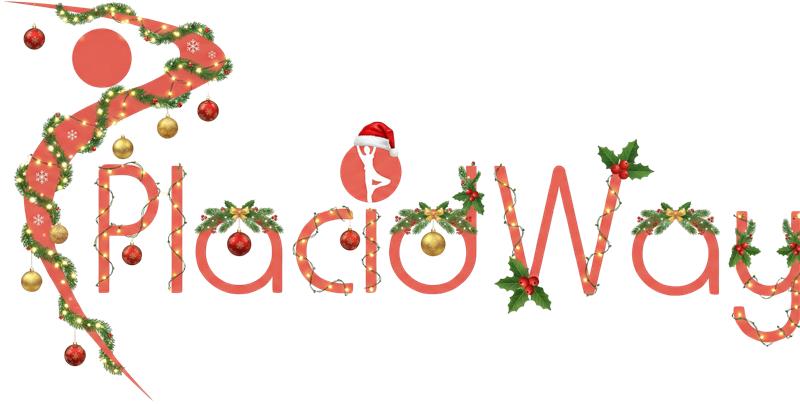

.png)





.png)


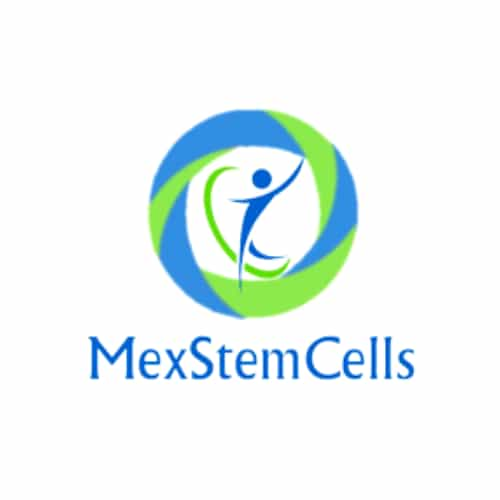
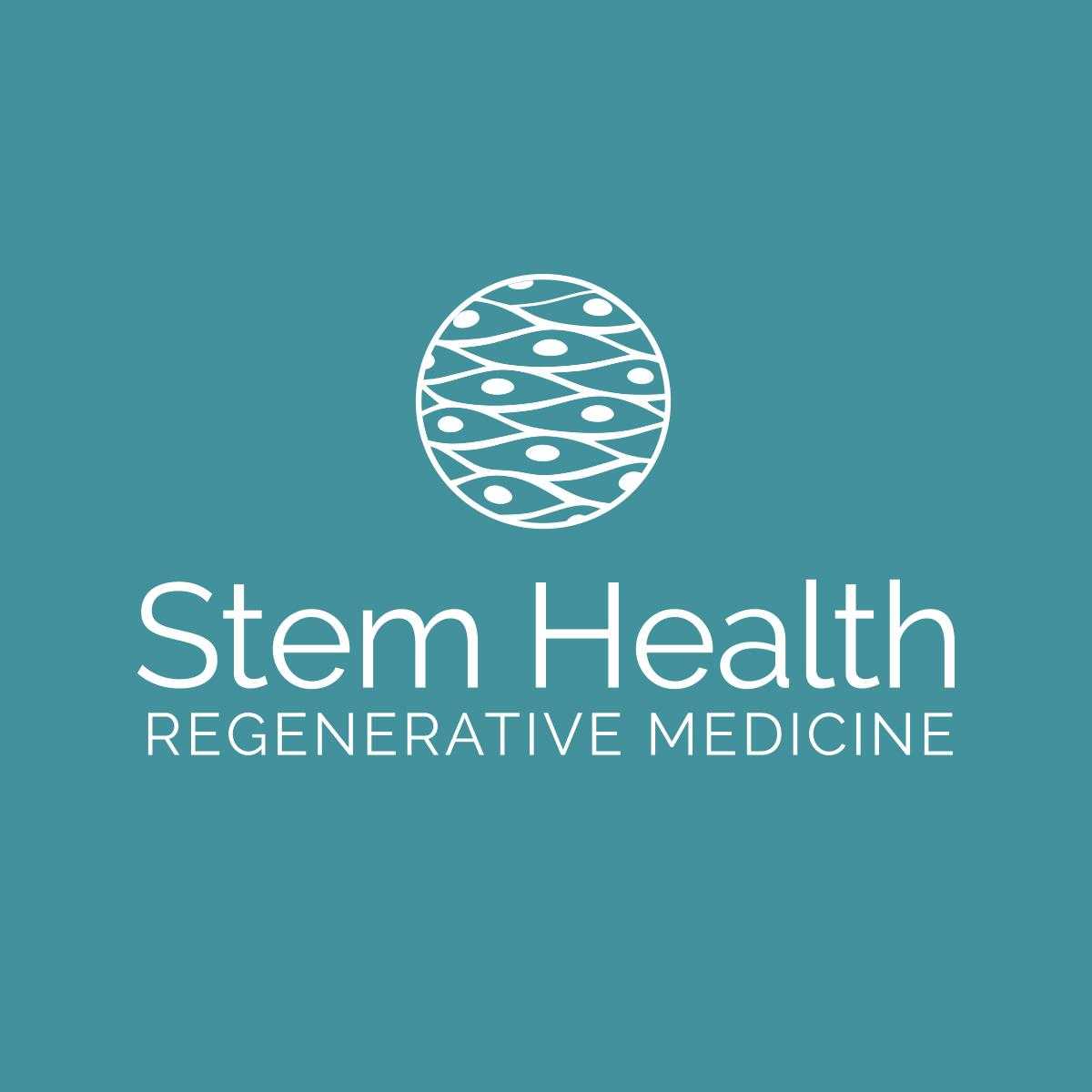

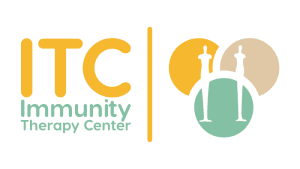
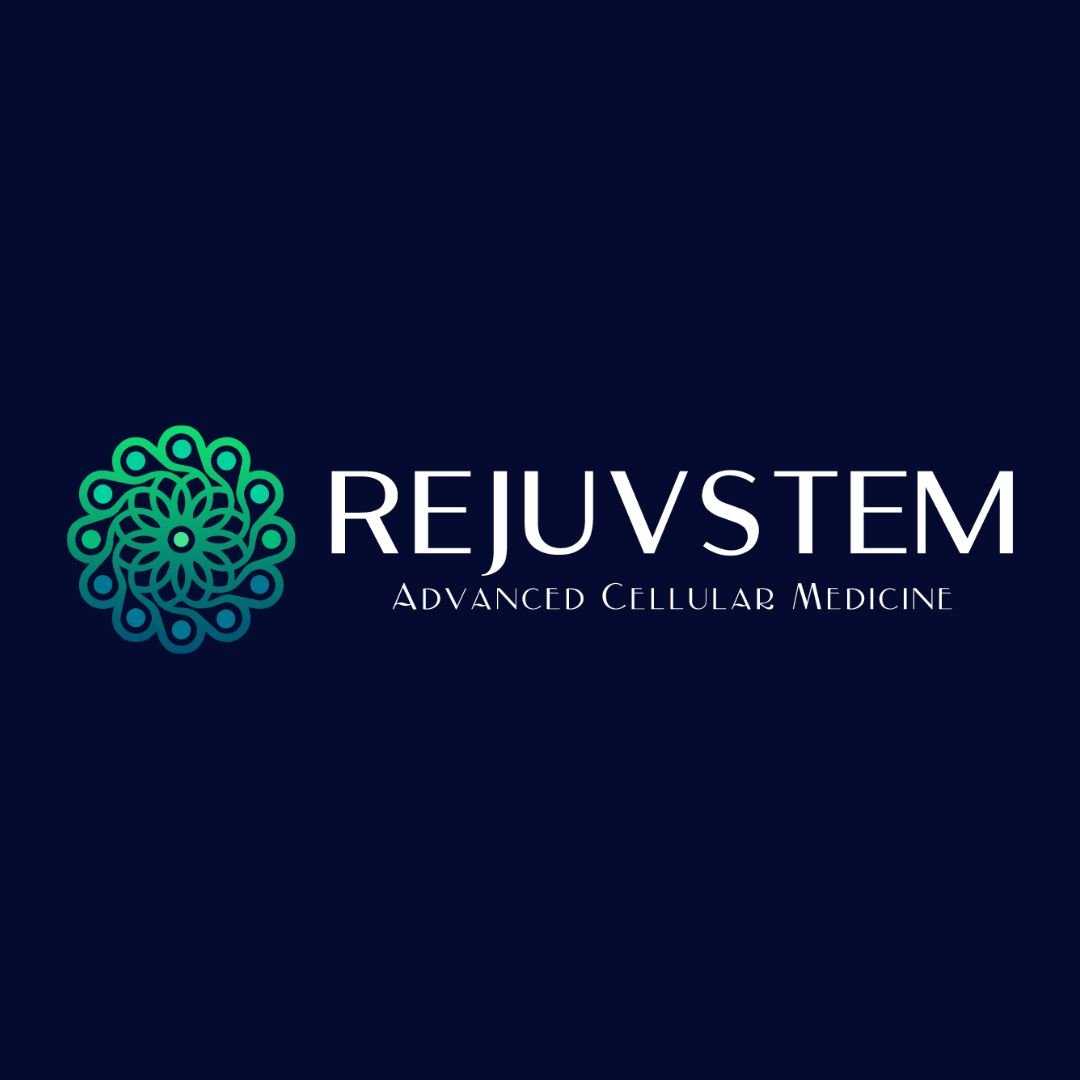

Share this listing